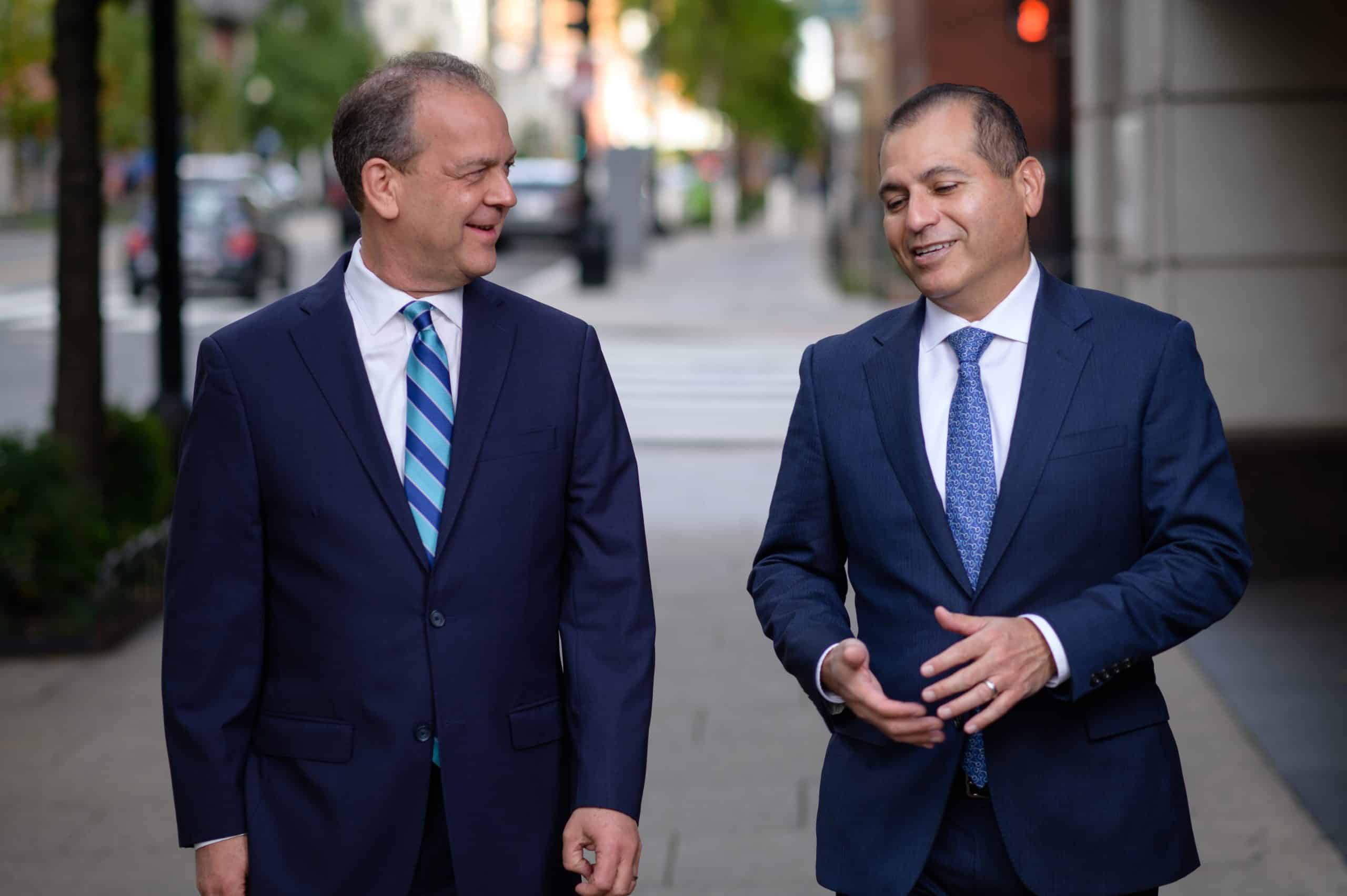LIIF is now three years into our strategic plan, navigating through the pandemic and the country’s economic recovery. Our focus in the plan on affordable housing and child care has proven predictive. Despite signs of economic recovery, these sectors face deepening disparities exacerbated by the pandemic. While those issues have been challenging enough, it has been even more distressing to see the national focus on racial equity recede, and worse, a backlash in the form of legal challenges to programs promoting diversity, equity and inclusion.
We take immense pride in LIIF’s response to these economic and racial equity challenges.
Central to our racial equity strategy, we’ve significantly expanded our early child care and education (ECE) work, primarily supporting providers identifying as women of color.
Building on our long-standing grant contract model with the City of San Francisco, we now serve California, Oregon and Washington, D.C., deploying over $147 million in grant funding to close to 1,800 home-based and center-based child care providers, alongside 6,500 hours of technical assistance and training.
This forms part of a three-pronged national strategy to support the ECE sector, encompassing fund management, advisory services, and capacity building for other CDFIs to build their expertise in this field. To guide these efforts, LIIF’s Board now includes representatives from a San Francisco-based nonprofit child care operator and a national child care advocacy group.
This effort is producing innovation as well: We are pioneering models for the co-location of housing and child care. In a sign of just how significant this issue and this need is, LIIF is now in active dialogue with the Department of Commerce and with U.S. semi-conductor manufacturers competing for federal CHIPS funding, who need to satisfy child care mandates.
Finally, to ensure the strongest case making and, in an effort to create systems change, LIIF launched an evaluation program, working with other CDFIs, to demonstrate the impact of this work.
LIIF’s work in affordable housing has been equally as impressive. Our lending team boosted loan volume by almost 100% from the prior year, hitting $292 million in total volume, predominantly in housing deals.
True to our strategic plan commitments, we are holding ourselves accountable for our racial equity goals by using our proprietary Impact-Risk-Profitability Framework to evaluate each proposed loan from an impact standpoint — a model which focuses on agency, power and community voice.
We are mapping our new loans as well as all LIIF loans made over past years with the intention to prove out the actual relationship among risk and impact, and to disprove what we know are the perceptions of risk around impact lending.
LIIF is sharing this model with our industry peers and with other social impact funders, as a form of field building.
Additionally, we designed and deployed new products that were essential to help our clients manage through the challenging economic times. We launched a fund with Goldman Sachs to finance Black women owners of child care facilities with flexible funding. We offered a LIHTC Bridge Loan product to support the working capital needs of developers managing stalled projects, with $15 million deployed. We launched a second round of our Black Developer Capital Initiative loan product — a program met with resounding demand, increasing LIIF’s total commitment here to $40 million. The first $20 million deployed supported more than 2,600 units of affordable housing in 26 developments across the Northeast, Mid-Atlantic and Southeast through 10 lines of credit.
These and other programs focusing on diverse borrowers were designated as Special Purpose Credit Programs, formally authorized by law to serve specific underserved groups including Black, Latino and other communities and people of color. LIIF has expanded our work there, to support the banking regulators’ encouragement to all financial institutions in the newly issued Community Reinvestment Act regulations, in hopes that this will lead others to replicate and expand this kind of critical work.
Receiving a grant from the CDFI Fund’s Equitable Recovery Program and an allocation for long-term permanent financing from the Bond Guarantee Program were crucial tools that ensure that LIIF can continue our highest-impact lending work.
Lastly, LIIF continues to demonstrate financial strength through these evolutionary — and even revolutionary –- changes. LIIF’s careful lending and superlative asset and portfolio management practices resulted in delinquency rates far below industry peers. We have maintained our strong S&P credit rating and earned the highest financial and impact ratings from AERIS, the CDFI industry rating agency.
As we set the stage for LIIF in the next decade, we are excited about the possibilities before us. We are determined to continue pushing the boundaries, thinking differently about the risks we are willing to take, and driving toward a future where everyone in the United States can live in a community of opportunity, equity and well-being.
Thank you for standing with us on this transformative journey.
In partnership,
Daniel A. Nissenbaum, CEO of LIIF
(header photo, left)
Reymundo Ocañas, EVP and Chief Corporate Responsibility Officer at PNC, LIIF Board Chair
(header photo, right)
As we set the stage for LIIF in the next decade, we are excited about the possibilities before us. We are determined to continue pushing the boundaries, thinking differently about the risks we are willing to take, and driving toward a future where everyone in the United States can live in a community of opportunity, equity and well-being.
